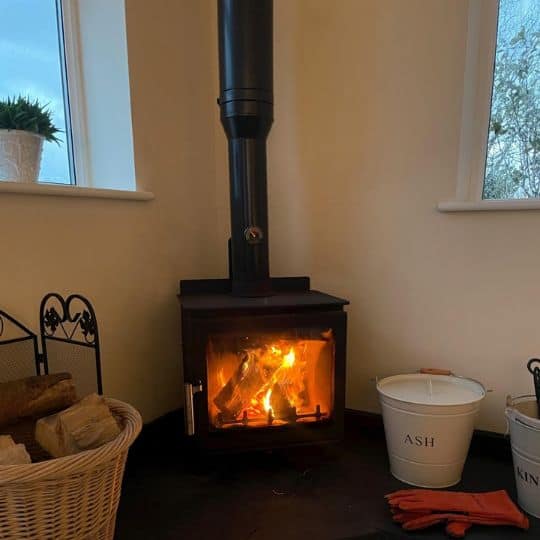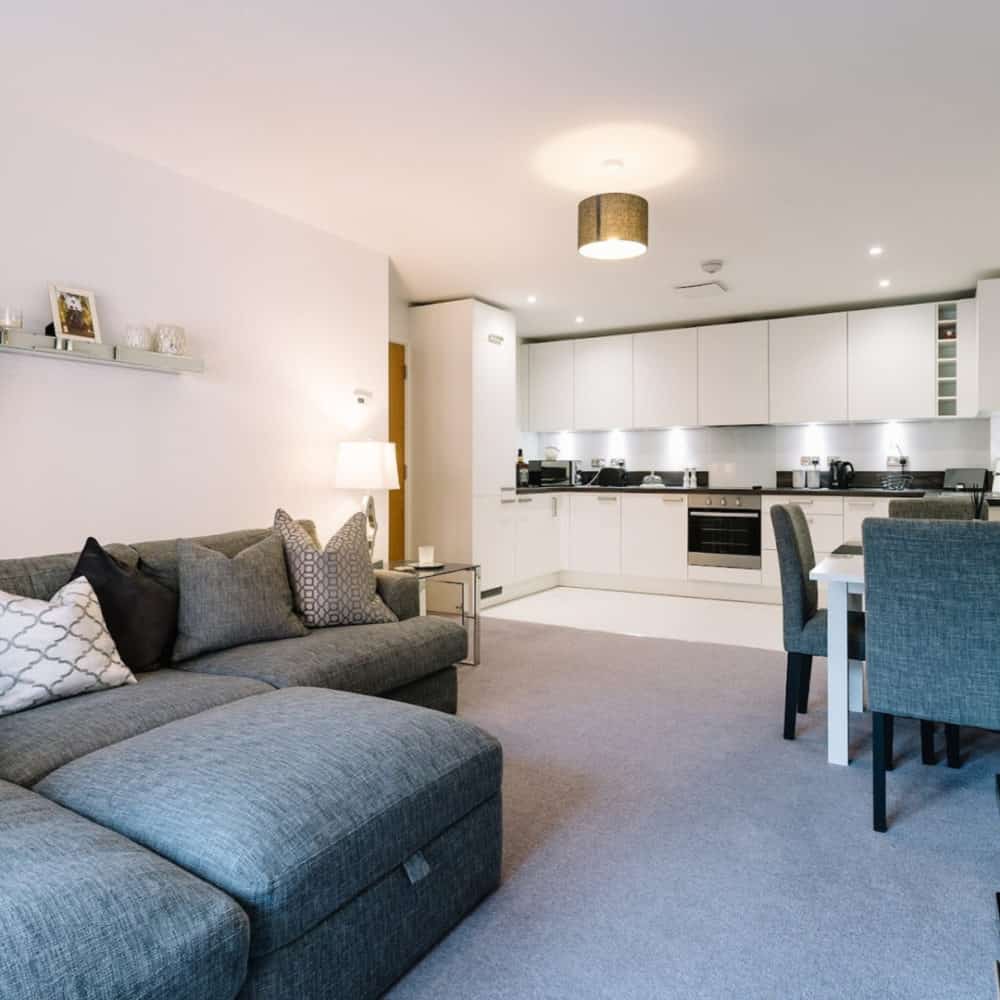Buying a Listed Property: What You Need to Know Before You Commit
Many people dream of owning a home full of character. Think of elegant Georgian terraces, cosy cottages, or grand Victorian townhouses. A listed property can be a real treasure, offering history and charm in every corner. Before you take the plunge, though, it is important to know that buying one comes with responsibilities that go far beyond the ordinary home purchase.
Listed properties are protected because of their historical or architectural importance. This protection means that you cannot simply make changes as you would with a standard home. Renovations, extensions, and even some repairs can require official permission. Owning a listed property is rewarding, but it also means extra administration and legal checks are part of the process.
What “Listed” Means in England and Wales
In England and Wales, listed buildings are divided into three grades. Grade I covers buildings of exceptional national interest. Grade II* includes particularly important properties, while Grade II is the most common and still requires care. If you buy a listed property, you must maintain its character. Even small changes, such as replacing windows or doors, may need permission from the local authority.
Owning this type of home can also affect your insurance. Specialist policies are often required because repairs must use authentic materials and approved techniques. Costs can be higher, and it is worth checking these details before you make an offer.
Many listed homes are traditional or historic in style. If you are considering something like thatched properties, the same points apply. You need to be aware of the risks, responsibilities, and likely costs of ownership from the very start.
Scotland Has Its Own Rules
If you are looking north of the border, listed properties work a little differently. Scotland does not use the Grade I, II, and II* system. Instead, Historic Environment Scotland classifies buildings as Category A, B, or C. Category A properties are of national or international importance. Category B properties are of regional significance, and Category C includes smaller or local examples.
Listed Building Consent (LBC) is required for any changes that could affect the character of the property. This can include internal alterations as well as exterior work. Anyone unfamiliar with the Scottish system can be caught off guard. If past works were done without permission, the responsibility often passes to the new owner.
Why Conveyancing Matters
Buying a listed property involves more paperwork than a standard home. This is where a professional conveyancer is essential. They check the legal status of the property, confirm that any past alterations were approved, and highlight any obligations you will inherit as the new owner. Without this step, you could end up facing fines or costly remedial work.
If you want to be certain that your listed home purchase is safe and compliant, click here to get expert conveyancing support. Having the right guidance ensures that you can enjoy your dream property without unwelcome surprises.
There’s no denying that listed properties are some of the most beautiful homes you could own. However, they are not for everyone. They do require care, patience, and good legal advice.
If you want an old property with historic architecture, this will come with unique responsibilities, both in the legal and maintenance fields. So, you definitely want to research thoroughly the implications before making an offer on a listed building.



